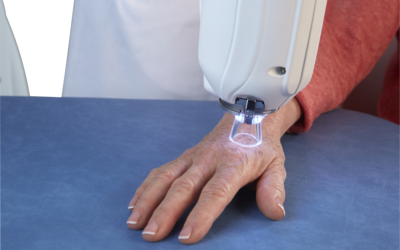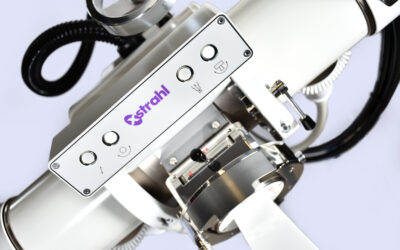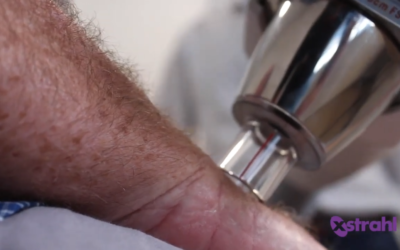PURPOSE:
Radiation therapy is well established in the treatment of painful plantar fasciitis or heel spur. A retrospective analysis was conducted to investigate the effect of field definition on treatment outcome and to determine the impact of factors potentially involved.
METHODS AND MATERIALS:
A review of treatment data of 250 patients (285 heels) with a mean follow-up time of 11 months showed that complete symptom remission occurred in 38%, partial remission in 32%, and no change in 19% (11% were lost to follow-up). Variables such as radiologic evidence of plantar spurs, their length, radiation dose, field size, age, sex, and onset of pain before administration of radiation therapy were investigated in univariate and multivariate regression analyses.
RESULTS:
Treatment response depended upon age >53 years, length of heel spur ≤6.5 mm (or no radiologic evidence of a heel spur), and onset of pain <12 months before radiation therapy. Patients with these clinical prerequisites stood a 93% chance of clinical response. Without these prerequisites, only 49% showed any impact. No influence of field size on treatment outcome became evident.
CONCLUSION:
Patients with short plantar heel spurs benefit from radiation therapy equally well as patients without any radiologic evidence. Moreover, smaller field sizes have the same positive effect as commonly used large field definitions covering the entire calcaneal bone. This leads to a recommendation of a considerable reduction of field size in future clinical practice.
Hermann RM, Meyer A, Becker A, Schneider M, Reible M, Carl UM, Christiansen H & Nitsche M.






